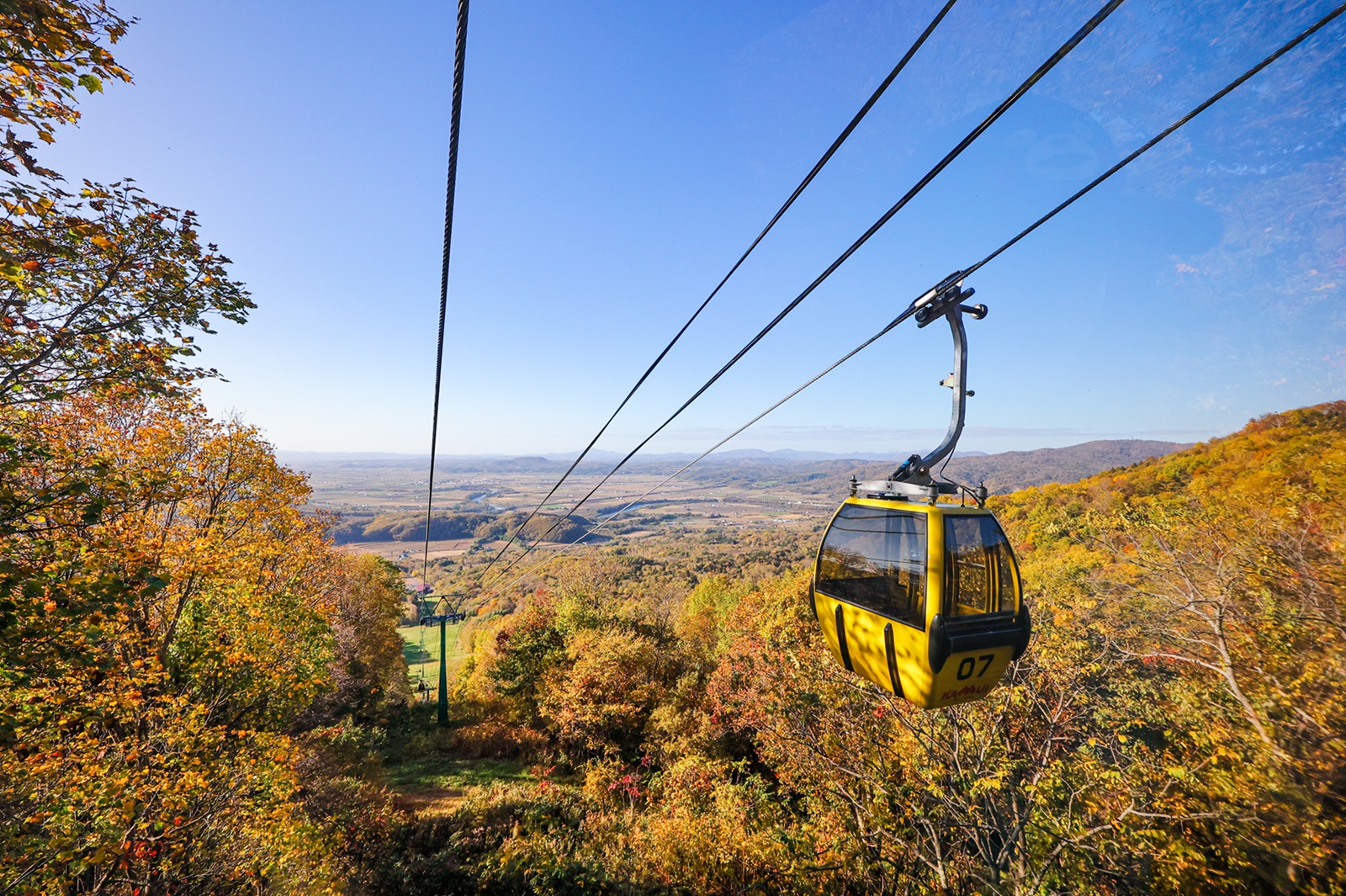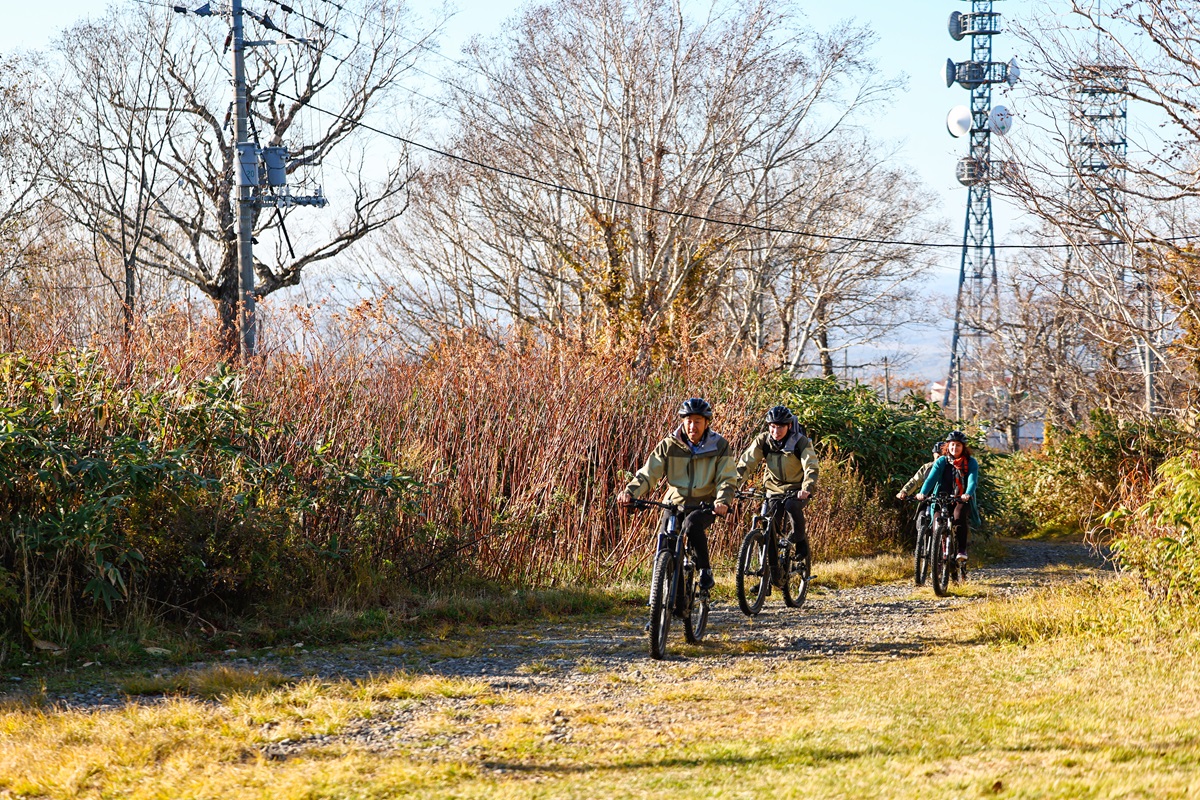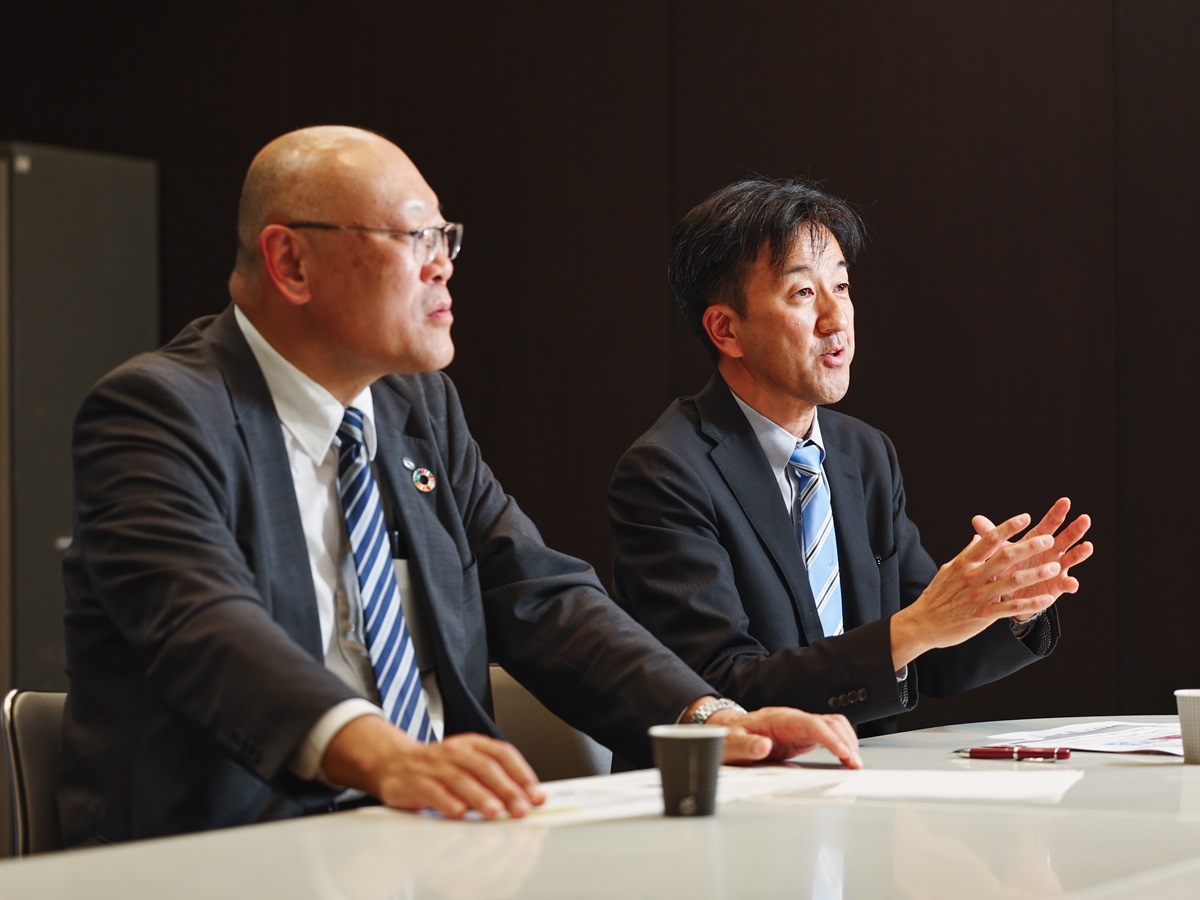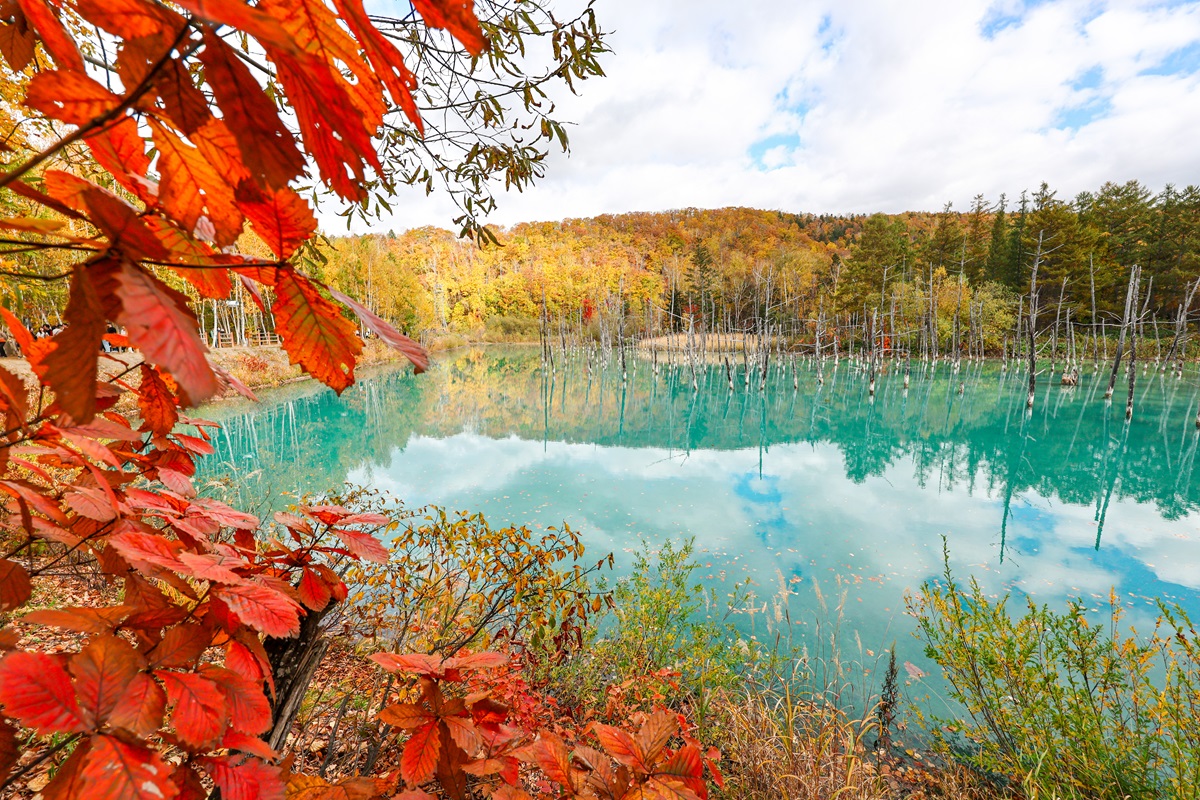January 06, 2025
NEWS & TOPICS
Asahikawa: building bridges for a greener future

Situated in northern Hokkaido, Asahikawa is a city rich in cultural heritage and serves as a gateway to some of Japan’s most breathtaking natural wonders, including the renowned Daisetsuzan National Park. But Asahikawa is not just a tourist destination; it is a city actively shaping its future through sustainable initiatives.
Asahikawa’s true charm
Asahikawa (official web site) is celebrated for its harmonious blend of urban convenience and natural beauty. The city offers something for every traveler: art enthusiasts can explore the Asahikawa Museum of Sculpture, while food lovers savor the region’s signature Asahikawa ramen and local sake. The surrounding areas are equally captivating, with ski resorts, hot springs, and breathtaking hiking trails drawing visitors year-round.
Yet, the true charm of Asahikawa lies in its unhurried pace and welcoming community. Unlike bustling metropolises, the city retains a sense of calm, making it an ideal destination for those seeking a more authentic and relaxed experience in Japan.
 During the autumn season, e-bikes are available for rent at the Asahikawa ski resort “Kamui Ski Links”, managed by Taisetsu Kamuimintara DMO. Visitors can enjoy cycling from the gondola summit to the mountain peak.
During the autumn season, e-bikes are available for rent at the Asahikawa ski resort “Kamui Ski Links”, managed by Taisetsu Kamuimintara DMO. Visitors can enjoy cycling from the gondola summit to the mountain peak.
Taisetsu Kamuimintara DMO’s work
Tourism plays a crucial role in Asahikawa’s economy, yet both city officials and residents remain acutely aware of the challenges posed by an unregulated surge in visitors. In recent years, popular tourist spots across Japan have struggled with overtourism, leading to environmental degradation, overcrowding, and strained relationships between locals and visitors. How can tourism strengthen the local community without overwhelming it?
The key to Asahikawa’s strategy is maintaining a balance that prioritizes the well-being of residents. Taisetsu Kamuimintara DMO (Destination Management/Marketing Organization – official web site) plays a pivotal role in this sustainable tourism strategy. The organization focuses on creating travel models that align with the region’s unique cultural and natural identity while addressing environmental challenges. By collaborating with local stakeholders, the DMO ensures that tourism initiatives enhance the lives of residents and support long-term conservation efforts.
 Vice Chairman Sato (left) and Executive Vice President Kaya of Taisetsu Kamuimintara DMO.
Vice Chairman Sato (left) and Executive Vice President Kaya of Taisetsu Kamuimintara DMO.
Engaging visitors without overwhelming locals and nature
Asahikawa’s proximity to the breathtaking Daisetsuzan National Park offers activities like hiking, wildlife observation, hot spring visits, and snow sports. To ensure tourism remains a positive force, Taisetsu Kamuimintara DMO emphasizes experiences that encourage meaningful interactions between visitors and locals. Rather than catering exclusively to mass tourism, the organization promotes smaller, personalized activities that foster mutual respect and understanding. These experiences give visitors a deeper appreciation of the region while ensuring that tourism revenue directly supports local businesses and families.
To minimize the environmental impact, Asahikawa and its neighbor Biei (official web site) have embraced responsible tourism practices. Since April 2022, Biei has been proactive in its mission to become a zero-carbon city, encouraging travelers to help protect and preserve its stunning landscapes. Japan’s Ministry of the Environment has introduced the “Zero Carbon Park” initiative (details here) to inspire visitors to adopt sustainable habits through the 3R principles: reduce, reuse, and recycle. Simple, impactful actions like carrying reusable water bottles, disposing of waste at designated bins, and exploring local towns via electric vehicles or bicycles are at the heart of this effort. At Daisetsuzan Park, dedicated recycling stations for PET bottles are available, complete with multilingual signage to ensure everyone can participate in this eco-friendly movement.
Educational programs also offer insights into the unique flora and fauna of Hokkaido, fostering a deeper appreciation for the region’s biodiversity. Travelers can make a lasting eco-friendly difference by participating in reforestation and forest conservation initiatives, ensuring Hokkaido’s natural beauty is preserved for future generations.
 “Shirokane Aoiike” in Biei-cho, where the autumn leaves are at their best in October. During the high season, the area experiences over-tourism, with congestion caused by cars waiting for available parking spaces.
“Shirokane Aoiike” in Biei-cho, where the autumn leaves are at their best in October. During the high season, the area experiences over-tourism, with congestion caused by cars waiting for available parking spaces.
Showcasing local culture and traditions
Asahikawa takes pride in its cultural heritage and uses tourism as an opportunity to celebrate and preserve its traditions. The city hosts several annual festivals that attract visitors while remaining rooted in local customs.
One of the highlights is the Asahikawa Winter Festival, held each February. Famous for its giant snow sculptures and vibrant illuminations, the festival draws crowds without compromising the city’s relaxed atmosphere. Local craftsmen are involved in the event, showcasing their talents.
Another example is the Asahikawa Design Center (official web site), which promotes the city’s long-standing reputation as a hub for furniture and craft design. Visitors can admire exquisite handmade furniture, learn about traditional woodworking techniques, and even participate in crafting workshops. These efforts ensure that Asahikawa’s cultural identity remains strong while providing a unique draw for tourists.
 In winter, the Asahikawa Design Center holds a snow board production workshop by Taisetsu Kamuimintara DMO. You can make your own original snowboard with furniture craftsmen in Asahikawa.
In winter, the Asahikawa Design Center holds a snow board production workshop by Taisetsu Kamuimintara DMO. You can make your own original snowboard with furniture craftsmen in Asahikawa.
Building bridges between locals and visitors
Central to Asahikawa’s tourism philosophy is the idea that visitors should complement, not compete with, local life. To achieve this, the city encourages open dialogue between residents and the tourism sector.
One notable initiative is the AIC Volunteers program, where residents host small groups of international travelers for homestay and cultural exchanges. These intimate gatherings foster understanding and friendship, breaking down barriers between cultures and creating lasting memories for both hosts and guests.
By focusing on sustainable practices, preserving its cultural and natural heritage, and prioritizing the needs of its residents, Asahikawa has created a model that benefits everyone involved. The town and its surroundings provide travelers with an opportunity to experience Japan in its most authentic and untouched form. It’s a destination where you can connect with nature, immerse yourself in local culture, and leave knowing your visit contributed positively to the community.
Interviewed by Jiji Press Ltd.
- HOME
- NEWS & TOPICS
- Asahikawa: building bridges for a greener future


